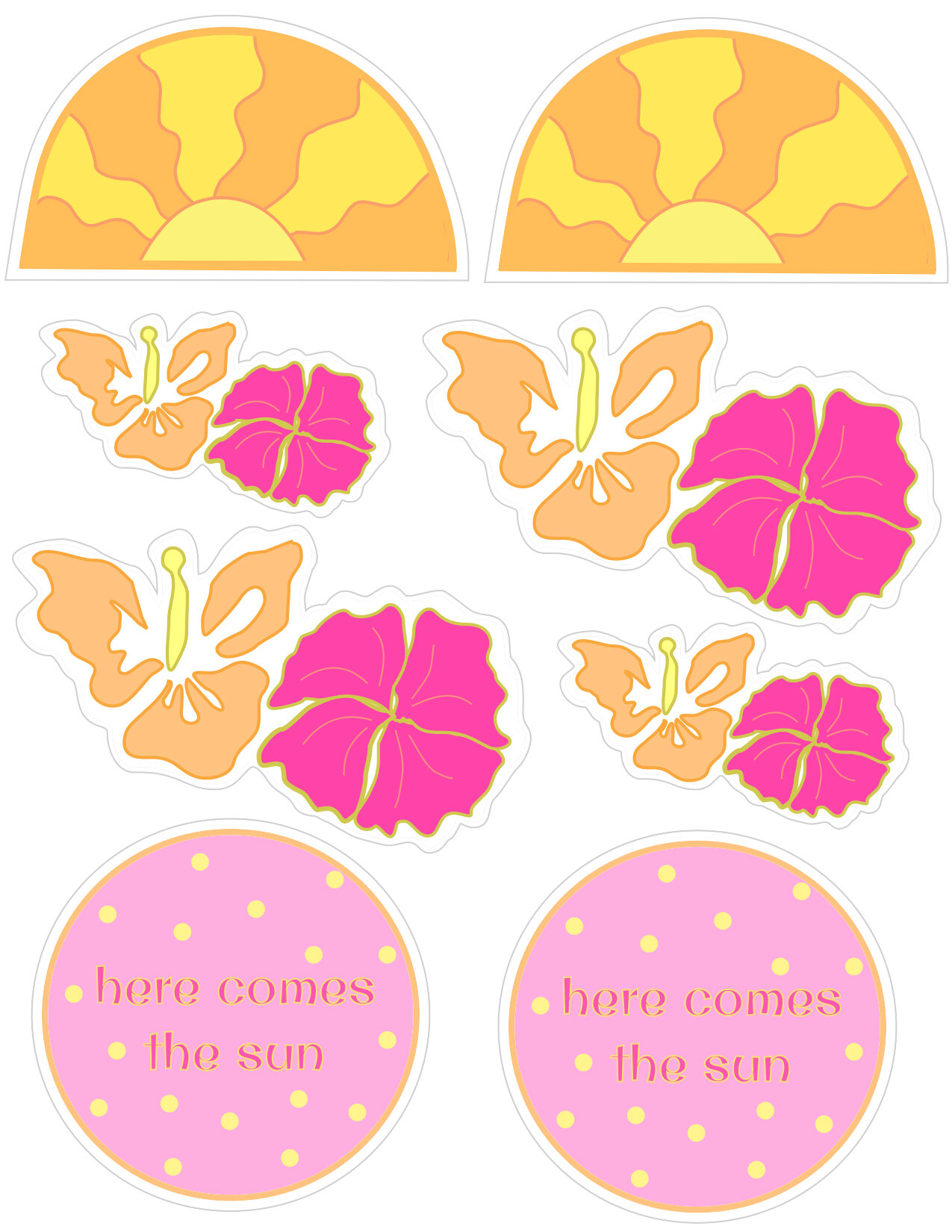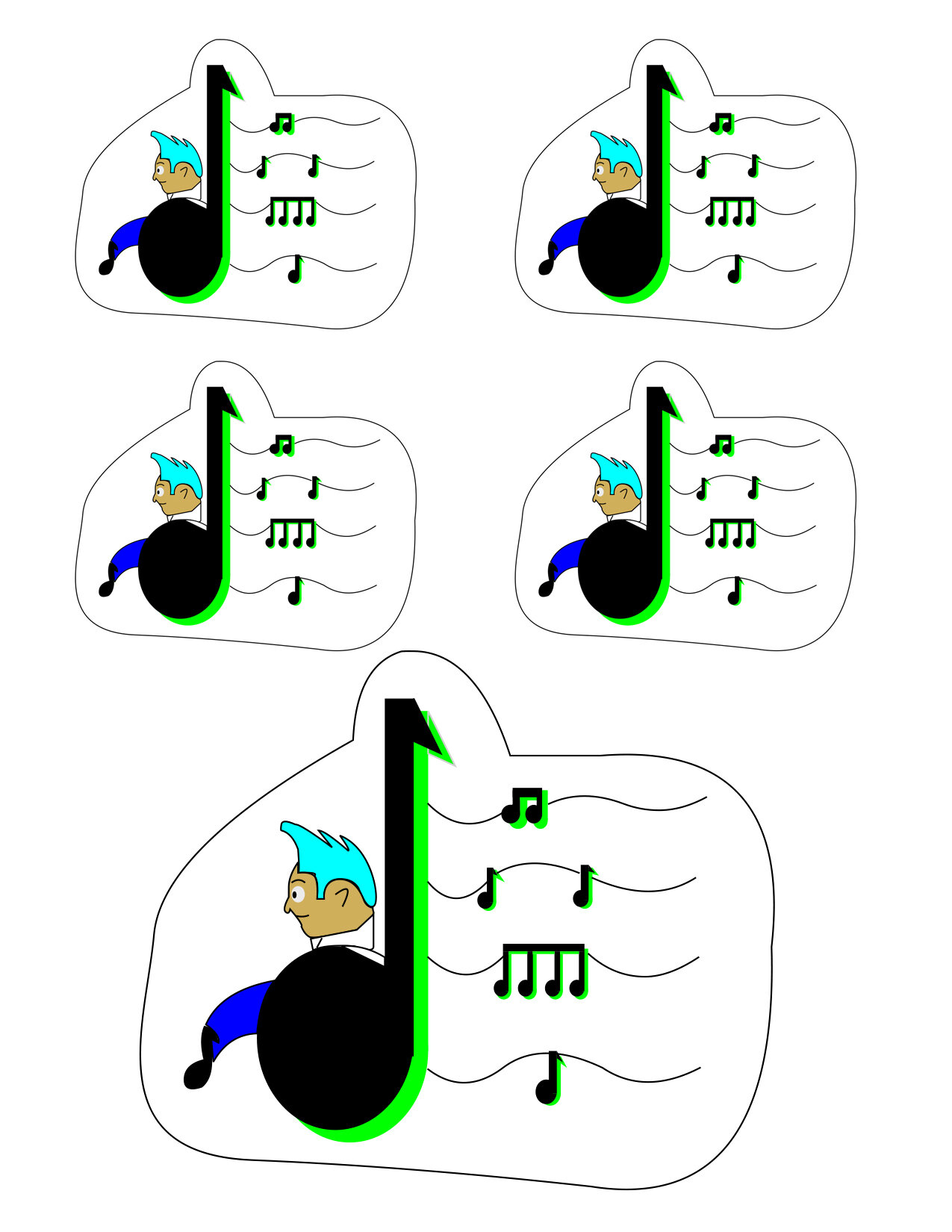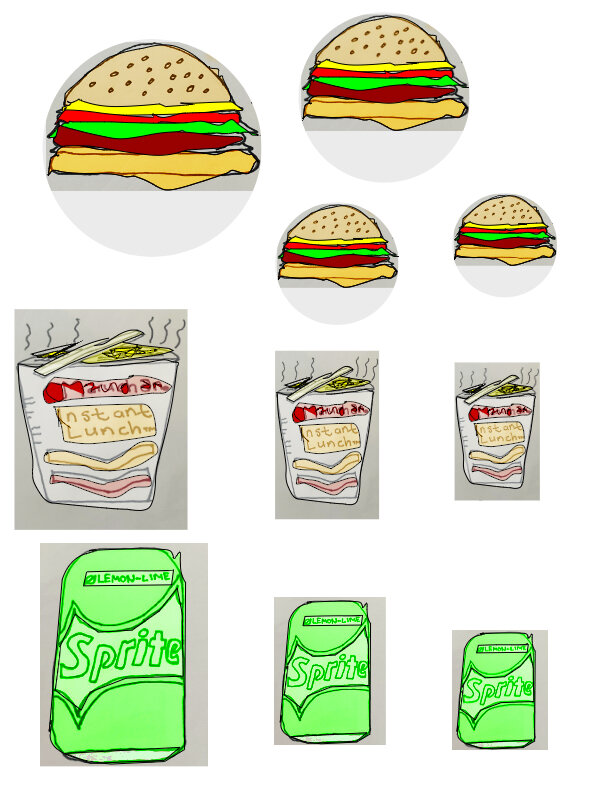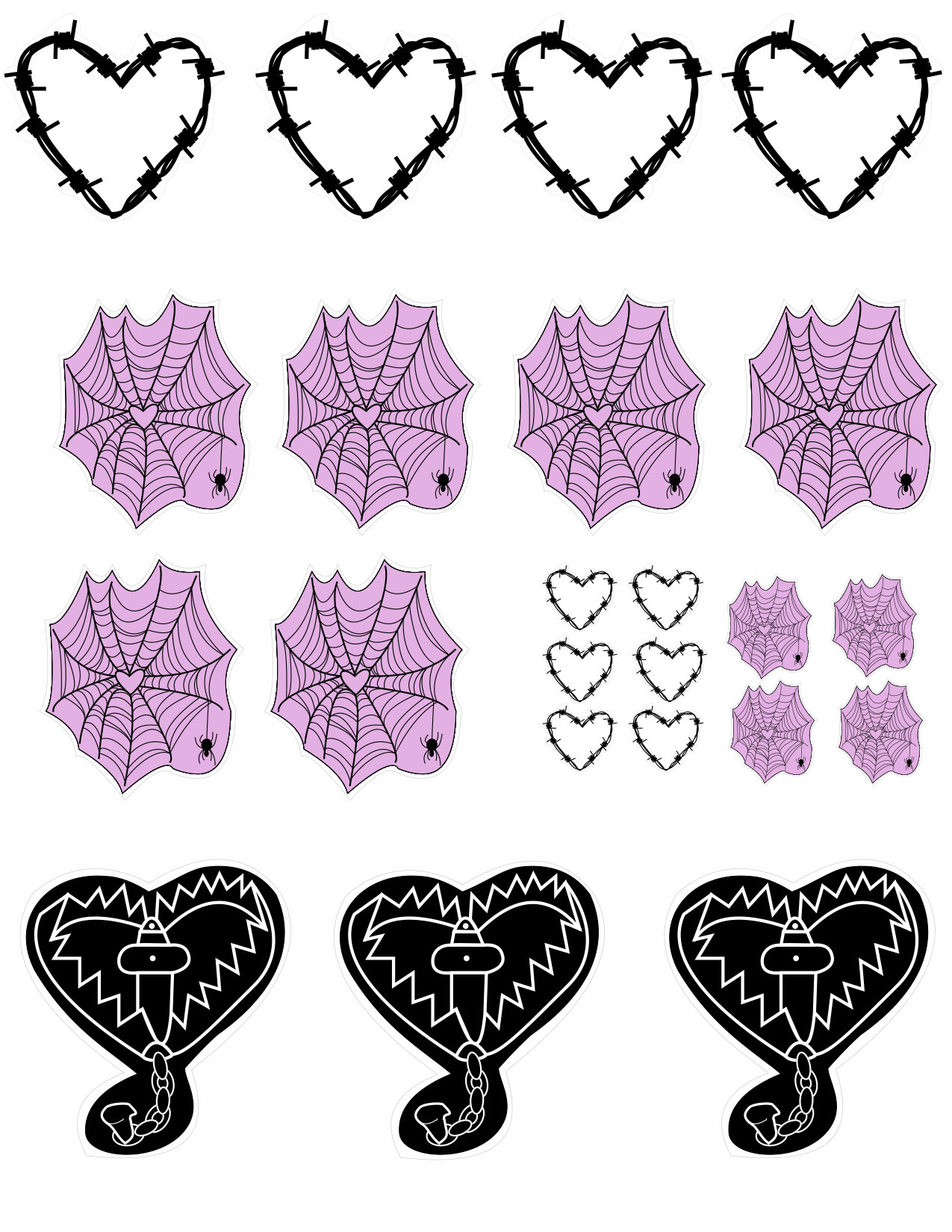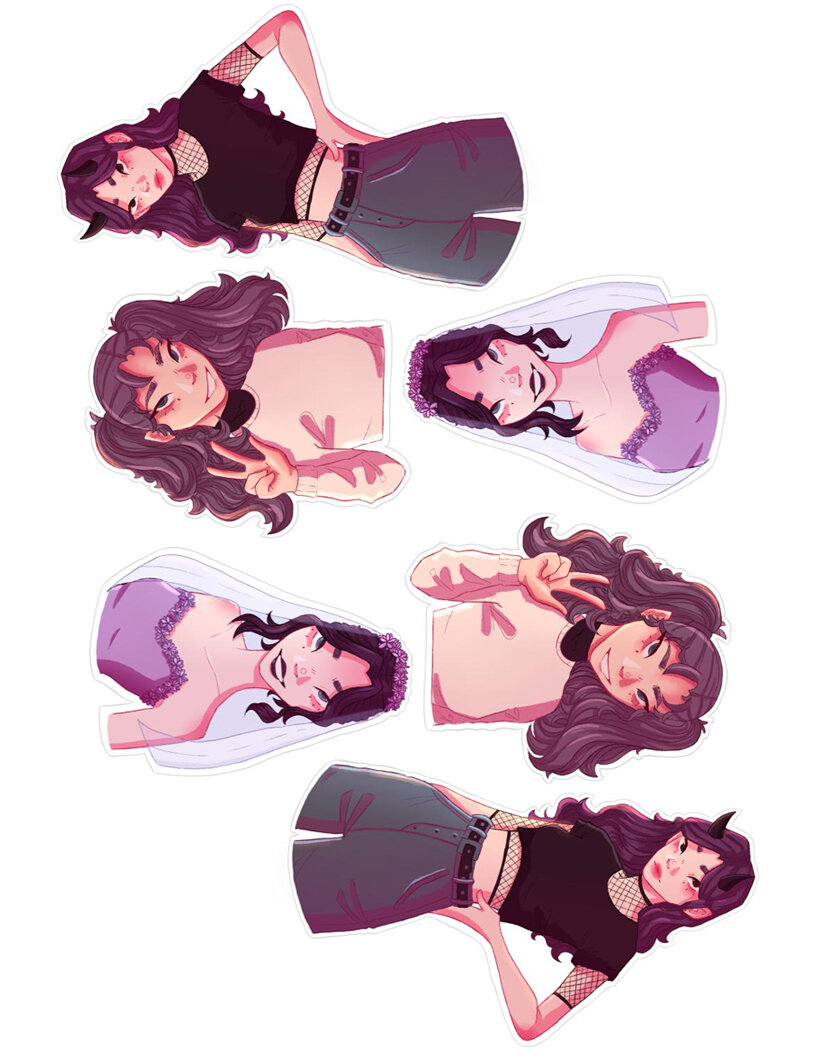Sticker Workshop:
Making art and design for public spaces
Rewriting Our Streets
This backwards design unit plan for two of my Foundations of Graphic Design [CTE] classes, teaches 9-12 graders* how to create a unified theme across a series.
Cultural exemplars used in this lesson were curated specifically for my classroom. Using student research collected from pre-and formative assessments, I brought relevant visual examples, spotlighted artists and designers that connected to my student lives.
*Can be adapted for middle school.
Big idea
Designers can use modern design principles to create a sticker pack that conveys a sense of personal, social, or political responsibility.
essential Question
What responsibilities do designers have to create work that disrupts and contributes to public dialogue in public and social spaces?
Developing Student voice
One of the best ways for students to grow confidence is by giving them space to reflect. I like to begin every project with sketching and brainstorming.
This ideation phase allows students time to grow background information, sketch their designs, and become experts in their own creative process.
Student process ideation
> > > Sticker Workshop Backwards Design Unit Plan < < <
This five-week unit developed design and art literacy by highlighting key concepts, visual examples, cues, video demos, and defining content-specific language. In-class demonstrations using scaffolded language specifically for my ELL and students on IEPs, but the focus on differentiated instruction built higher understanding for all my foundation students.
I value transparency. Grading for equity starts with stating clear criteria at the beginning of every project. It’s important for grades to reflect growth and understanding. For this reason, I always accept late work and revisions. I don’t give zeros. If a student falls behind I work with the learner to build a pathway to individualized success together.
Student work samples | Finished Sticker Pages




















